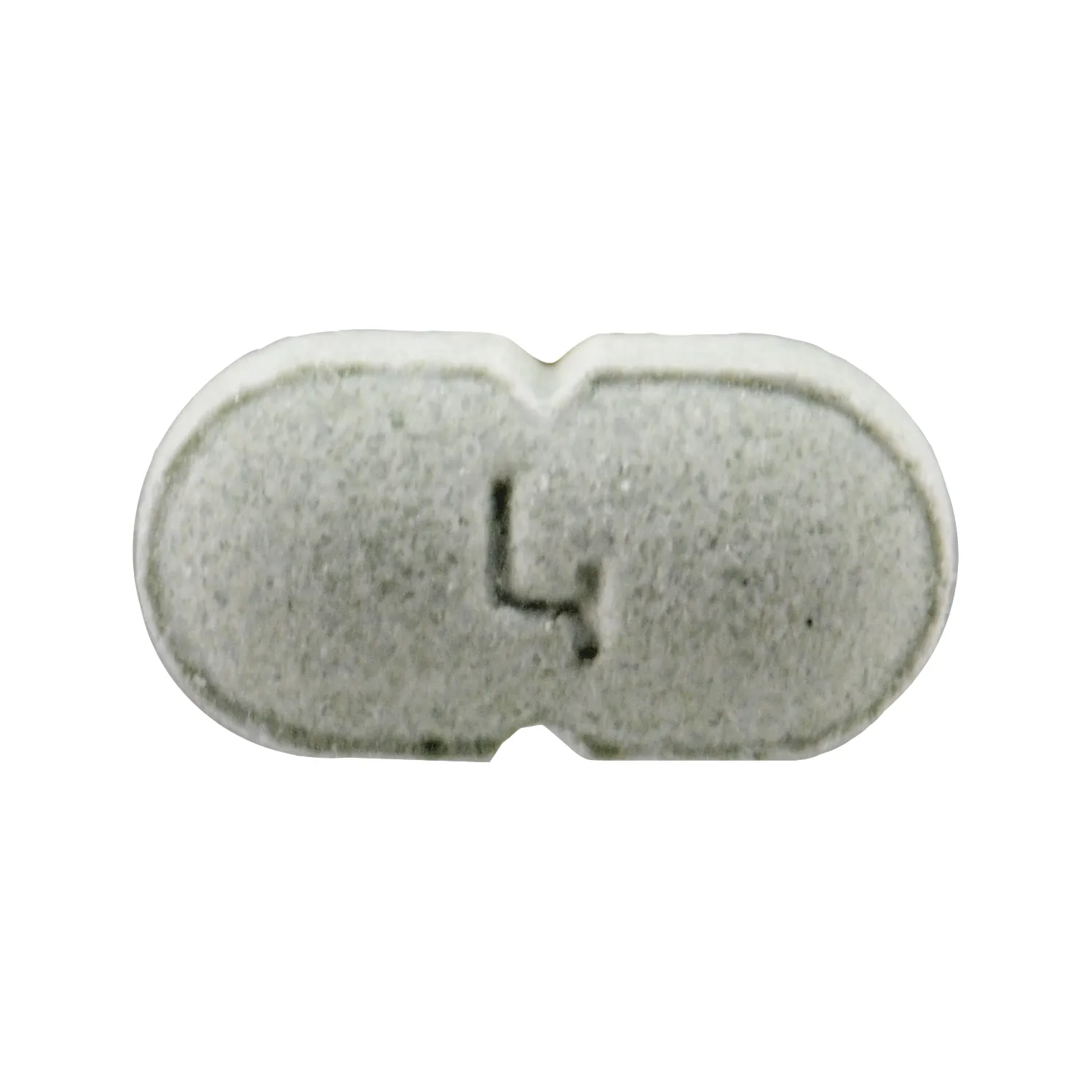Perindopril: A Comprehensive Overview
Introduction to Perindopril
Perindopril is a prominent medication belonging to the class of angiotensin-converting enzyme (ACE) inhibitors. This class of drugs is commonly prescribed for the management of hypertension and heart-related conditions. Interestingly, not all ACE inhibitors are the same; perindopril, in particular, exhibits a unique pharmacological profile that distinguishes it from others in its class (source). In this article, we will delve deeply into perindopril’s mechanisms, uses, and its intricate role in cardiovascular health.
What is Perindopril?
Perindopril is a prodrug, meaning it is metabolically activated in the body to its main active form, perindoprilat. As an ACE inhibitor, it functions by blocking the conversion of angiotensin I to the vasoconstrictor peptide angiotensin II. This action leads to vasodilation (widening of blood vessels), reduced blood pressure, and decreased workload on the heart. This mechanism also increases bradykinin availability, contributing to its therapeutic effects (source).
Pharmacological Profile
The distinguishing characteristics of perindopril include its high lipophilicity, favorable pharmacokinetics, and tissue-ACE binding properties (source). These properties enhance its efficacy, especially in treating hypertension and preventing cardiovascular events. Perindopril’s half-life allows for once-daily dosing, which can improve patient adherence compared to medications requiring multiple doses throughout the day.
Approved Uses for Perindopril
Perindopril’s primary indications include:
Hypertension (High Blood Pressure)
Perindopril is widely used to manage hypertension, a condition that significantly increases the risk of heart attacks and strokes if left untreated. By lowering blood pressure, perindopril helps prevent these severe cardiovascular events. The historical impact of antihypertensive therapies such as ACE inhibitors has notably shifted the prognosis of hypertension, decreasing the incidence of complications like congestive heart failure and renal failure (source).
Heart Failure
Heart failure is another critical condition managed with perindopril. It aids in reducing symptoms and improving quality of life by decreasing the stress on the heart muscle. By improving cardiac output and reducing fluid accumulation, perindopril helps patients manage the burdensome symptoms of heart failure effectively (source).
As Prophylactic Treatment in Patients with Risk of Coronary Heart Disease
Perindopril is also indicated for patients at high risk of coronary artery disease (CAD), as it has been shown to reduce the overall risk of cardiovascular events in this population. Solid evidence supports its preventive role even in individuals without heart failure (source).
How Does Perindopril Work?
The efficacy of perindopril stems from its inhibition of the angiotensin-converting enzyme, leading to a cascade of biochemical events that promote vascular health.
Mechanism of Action
-
ACE Inhibition: Perindopril binds selectively to the angiotensin-converting enzyme, preventing the conversion of angiotensin I to angiotensin II. This reduces the effects of angiotensin II, including vasoconstriction, aldosterone secretion, and sodium retention.
-
Increase in Bradykinin Levels: Bradykinin, a peptide that causes blood vessels to dilate, is also preserved due to the inhibition of its breakdown. Enhanced bradykinin levels contribute additional vasodilatory effects and protection against endothelial cell apoptosis (cell death), offering cardioprotective benefits (source).
-
Renal Protection: By lowering systemic and glomerular capillary pressures, perindopril provides renal protective effects, particularly beneficial in patients with diabetic nephropathy or chronic kidney disease.
Clinical Implications
The multifaceted action of perindopril makes it an integral part of cardiovascular therapy. Although it acts prominently through blood pressure modulation, its benefits extend beyond, aiding in the preservation of kidney function and potentially reducing the risk of further atherosclerotic complications (source).
As we conclude this first half of the discussion on perindopril, we’ve explored its essential therapeutic roles and mechanisms. This understanding of perindopril lays the foundation for considering its nuances in treatment regimens, evaluating patient responses, and understanding the risks and benefits involved in its long-term use.
Clinical Trials and Efficacy of Perindopril
Clinical trials have robustly evaluated the efficacy of perindopril across various patient populations and conditions. These controlled studies highlight its impact on reducing cardiovascular events, particularly in coronary artery disease and chronic heart failure.
EUROPA Study: A Landmark Trial
The EUROPA (European Trial on Reduction of Cardiac Events with Perindopril in Stable Coronary Artery Disease) trial involved over 12,000 patients with stable coronary artery disease. Patients were randomized to perindopril or placebo, on top of optimized conventional therapy. Over an average follow-up of 4 years, perindopril significantly reduced the primary endpoint (cardiovascular disease, myocardial infarction, or cardiac arrest) by 20%. Notably, myocardial infarction incidents decreased by 24% (source).
PEP-CHF Study: Focus on Elderly Populations
The PEP-CHF (Perindopril in Elderly People with Chronic Heart Failure) study evaluated perindopril’s efficacy in patients over 70 years with heart failure without significant systolic dysfunction or valve disease. During a median follow-up of about 2.1 years, perindopril showed improvement in symptoms, exercise capacity, and reduction in heart failure hospitalizations during the first year, although no significant long-term morbidity and mortality effects were confirmed due to insufficient study power (source).
ADVANCE Trial: Addressing Diabetes and Microvascular Concerns
The ADVANCE trial investigated the effects of a fixed combination of perindopril and indapamide (a diuretic) in patients with type 2 diabetes. The results indicated a 9% reduction in macrovascular and microvascular events, including death from cardiovascular causes. The risk reduction was consistent across different baseline blood pressure levels, validating the regimen even in normotensive diabetic patients (source).
Side Effects and Considerations
While perindopril is generally well tolerated, it is essential to be mindful of common and rare side effects that may influence treatment pathways.
Common Side Effects
One prominent side effect associated with ace-inhibitors, including perindopril, is a persistent cough. This cough is usually nonproductive and may lead to discontinuation of therapy in some patients (source). Other frequent side effects include dizziness due to hypotension, especially in volume-depleted individuals.
Severe Adverse Reactions: Angioedema
A severe but less common reaction is angioedema, characterized by swelling in deeper layers of the skin, often difficult to predict. Certain populations, such as African Americans, may present a higher risk. In drug safety reporting systems, perindopril has demonstrated a significant association with drug-induced angioedema, similar to other ACE inhibitors (source).
Comparing Tolerability with Other Antihypertensives
In comparison to ARBs (Angiotensin Receptor Blockers) and calcium channel blockers (CCBs), ACE inhibitors have a higher incidence of cough. However, they are preferred in scenarios where heart failure or specific renal protection is a consideration, thanks to their dual action (source).
Comparative Analysis
Comparative studies and meta-analyses provide insights into perindopril’s relative effectiveness and safety profile compared to other antihypertensive regimes.
ACE Inhibitors vs. ARBs and CCBs
While ACE inhibitors share common features, certain pharmacokinetics distinctions set perindopril apart. Its once-daily dosing fosters better patient adherence compared to some short-acting ARBs. In heart failure management, data suggests perindopril can offer equivalent or superior mitigation of symptoms, with reduced side effects when titrated carefully (source).
Long Term Outcomes
Long-term studies affirm the benefit of perindopril in reducing cardiac stress and improving survival, especially post-myocardial infarction. The choice between perindopril and alternative RAAS modulators should consider individual patient profiles, comorbidities, and potential for adverse effects (source).
Acknowledging perindopril’s wide-ranging benefits and potential risks allows healthcare providers to optimize cardiovascular and hypertensive patient care. The decision to implement perindopril within therapy protocols should be made judiciously, ensuring careful monitoring and personalized treatment strategies. Despite challenges, perindopril remains a pillar in managing cardiovascular ailments, with ongoing research continually refining its role within modern pharmacotherapy toolkits.








